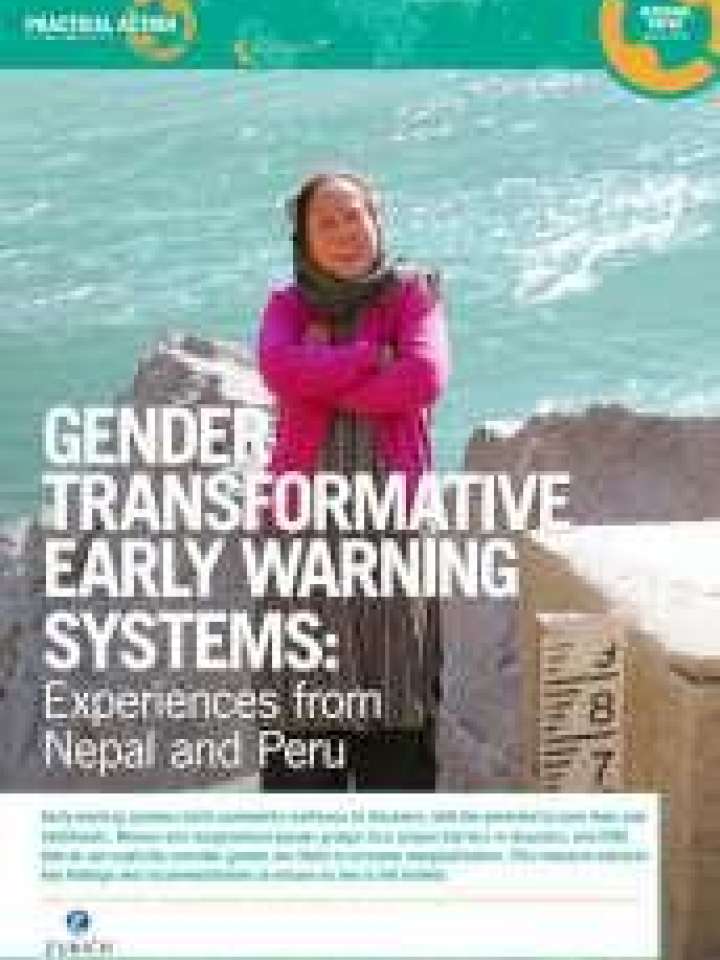Gender transformative early warning systems: Experiences from Nepal and Peru
Data was collected from three regions in Nepal and two regions in Peru, focusing on areas where a flood early warning system is already operational. Additional interviews were conducted with marginalized women including those who are elderly, those with disabilities, single mothers, transgender women, women who were pregnant or with young babies, those with young children, and women with visual impairments.
Gender inequality and social marginalization increases vulnerability to disasters. The less economic, political, and cultural power women and gender minorities have before an event, the greater their suffering during and in the aftermath. Gender norms (e.g. men being viewed as decision-makers), gender roles, and gender-based violence can increase the vulnerability of women and gender minorities during a disaster. Efforts to consider gender need to be intersectional – lack of political rights, low social capital, ethnicity, age, health, disability, gender, gender identity, and sexuality influence vulnerability and capacity to respond to early warning.
Explore further
